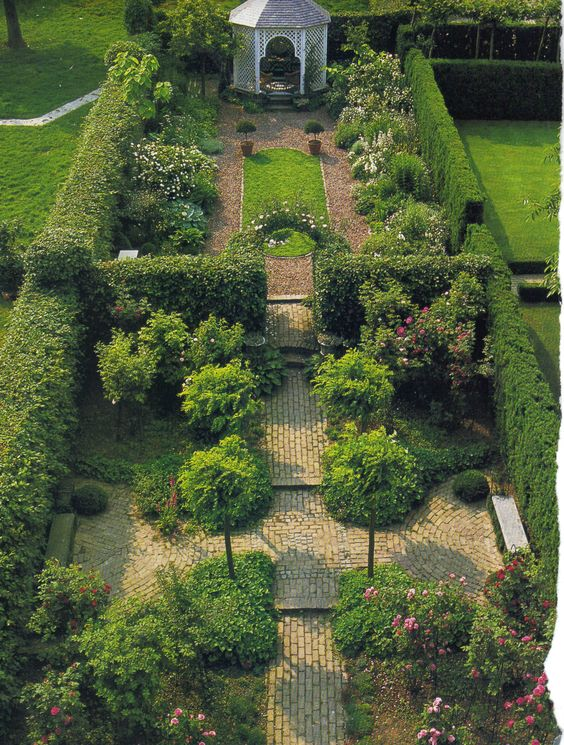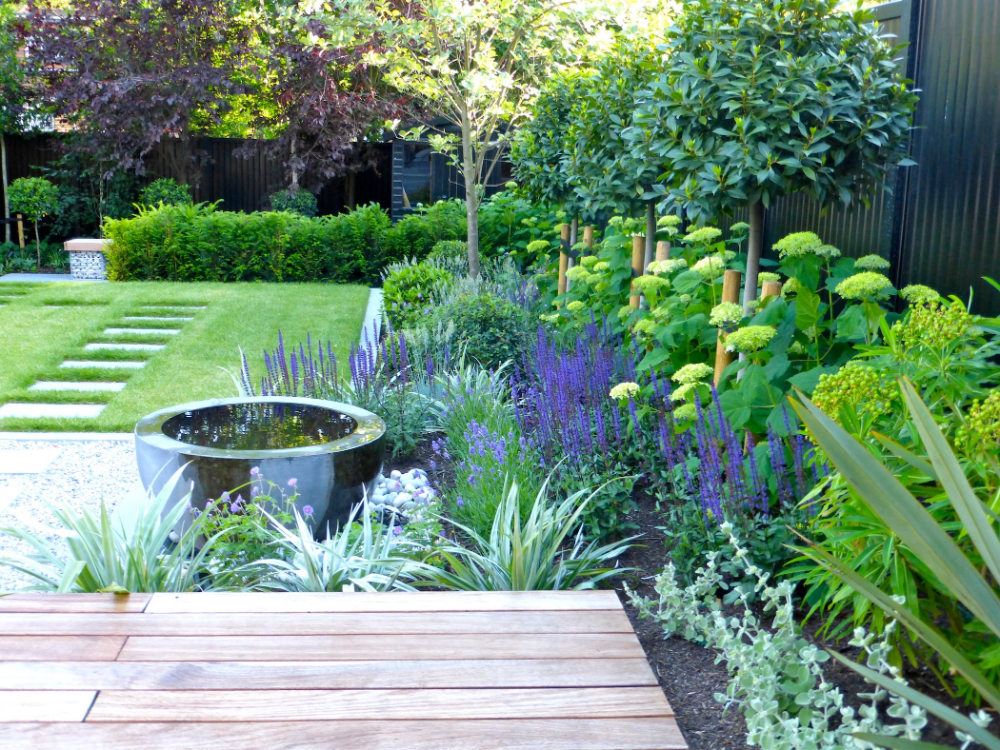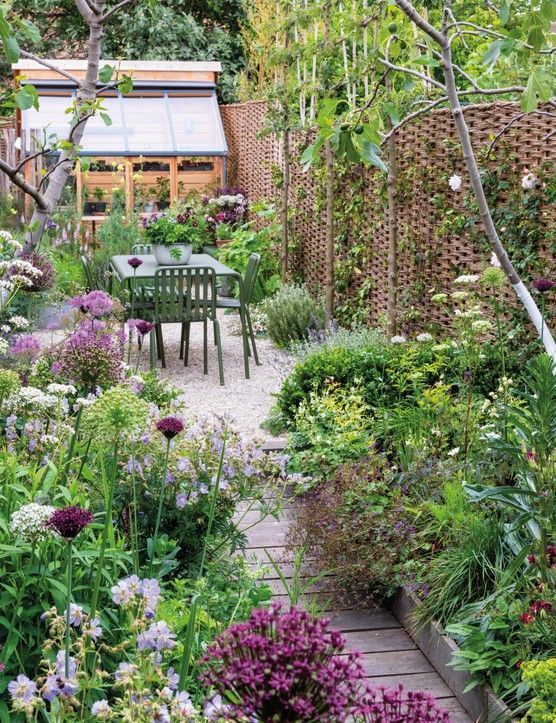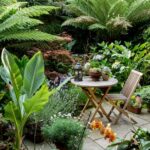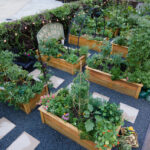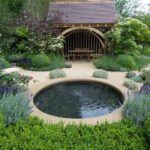When planning a garden design layout, there are several key factors to consider in order to create a beautiful and functional outdoor space. One of the first things to think about is the overall style or theme you want to achieve. Whether you prefer a formal, structured garden or a more natural, relaxed look, it’s important to have a clear vision in mind before starting your design.
Next, consider the size and shape of your garden space. This will help determine what layout will work best for your specific needs. For example, a long, narrow garden may benefit from a linear design that draws the eye along the length of the space, while a square or rectangular garden may lend itself well to a symmetrical layout with defined borders and pathways.
Another important aspect to consider is the functionality of your garden design. Think about how you plan to use the space – for entertaining, relaxation, or growing vegetables and flowers. By dividing the garden into different zones, you can create dedicated areas for dining, seating, and planting, making the most of the available space.
Incorporating elements such as pathways, borders, and focal points can help create a sense of structure and organization within your garden design layout. Pathways can lead the eye through the space and provide easy access to different areas, while borders can define boundaries and add visual interest. Focal points, such as a striking sculpture or fountain, can draw attention and create a sense of drama within the garden.
When selecting plants for your garden design layout, consider factors such as sunlight, soil conditions, and climate to ensure they will thrive in their chosen location. Grouping plants with similar requirements together can make maintenance easier and create a cohesive, harmonious look. Mixing different heights, textures, and colors can add depth and visual interest to your garden design.
Finally, don’t forget to add personal touches to your garden design layout to reflect your own personality and style. Whether it’s adding a favorite piece of artwork, incorporating a special plant or flower, or creating a cozy seating area, make sure your garden feels like a reflection of you. By carefully planning and designing your garden layout, you can create a beautiful outdoor space that is both functional and visually appealing.
